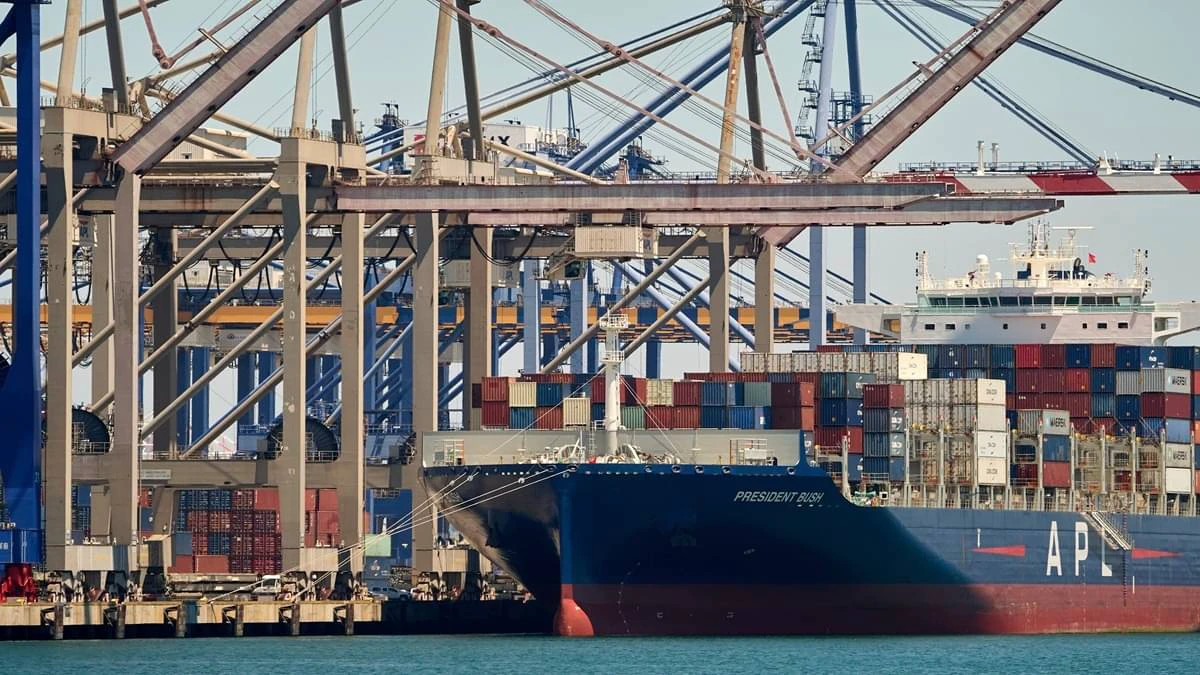A recent survey by the Reserve Bank of India (RBI) has projected that India’s merchandise imports will expand at a pace more than double that of its exports during the current fiscal year, a trend that could widen the country’s trade deficit.
The “Survey of Professional Forecasters on Macroeconomic Indicators, Results of the 95th Round” revealed that merchandise imports are likely to grow by 2.5% in 2025-26, significantly outpacing the 1.2% growth expected for merchandise exports. These figures are in US dollar terms and highlight a growing imbalance in India’s external trade.
This widening gap between imports and exports is a key factor behind the survey’s forecast for India’s current account deficit (CAD). The CAD is expected to stand at 0.8% of GDP for 2025-26, with a minor increase to 0.9% projected for the following year, 2026-27. While these figures are still considered manageable, a persistent trade deficit can put pressure on the Indian rupee and the country’s foreign exchange reserves.
The survey provides a mixed but generally optimistic outlook for the broader economy. India’s real Gross Domestic Product (GDP) is forecasted to grow by 6.4% in 2025-26, with a further acceleration to 6.7% in 2026-27. This growth is anticipated to be driven by robust domestic demand, with real private final consumption expenditure (PFCE) and real gross fixed capital formation (GFCF) both expected to see healthy increases over the next two years.
However, the trade dynamics present a challenge. A higher growth in imports, often driven by factors like strong domestic demand for capital goods and essential commodities like oil, coupled with subdued export performance, can indicate a lack of competitiveness in certain sectors. With global trade facing headwinds from geopolitical tensions and protectionist policies, India’s ability to boost its exports becomes even more crucial.
Looking ahead, the RBI survey offers some positive signs for the next fiscal year, projecting that both merchandise exports and imports will pick up, growing by 4.9% and 6.0%, respectively, in 2026-27. This suggests a potential for a more balanced trade scenario in the longer term. For now, however, the report underscores the need for policymakers to focus on enhancing export competitiveness and diversifying trade partners to mitigate the risks associated with the widening trade gap.
